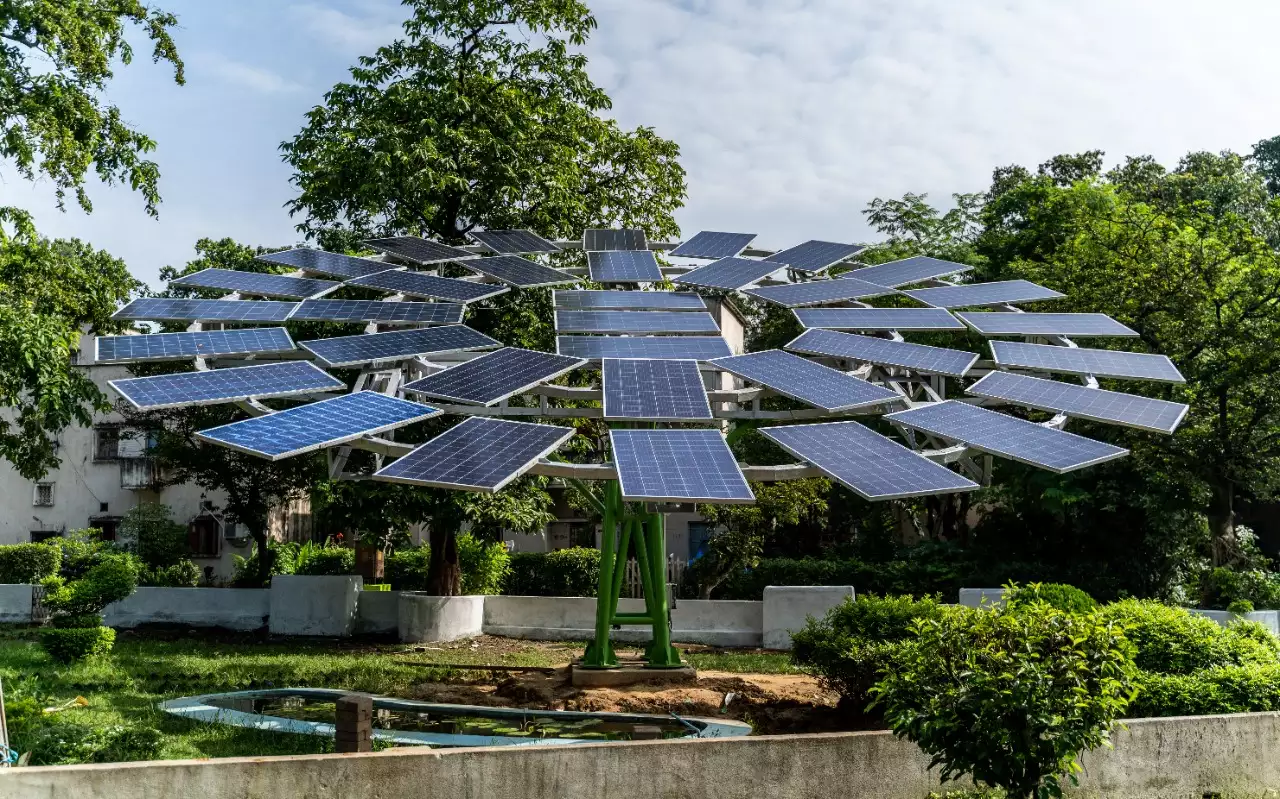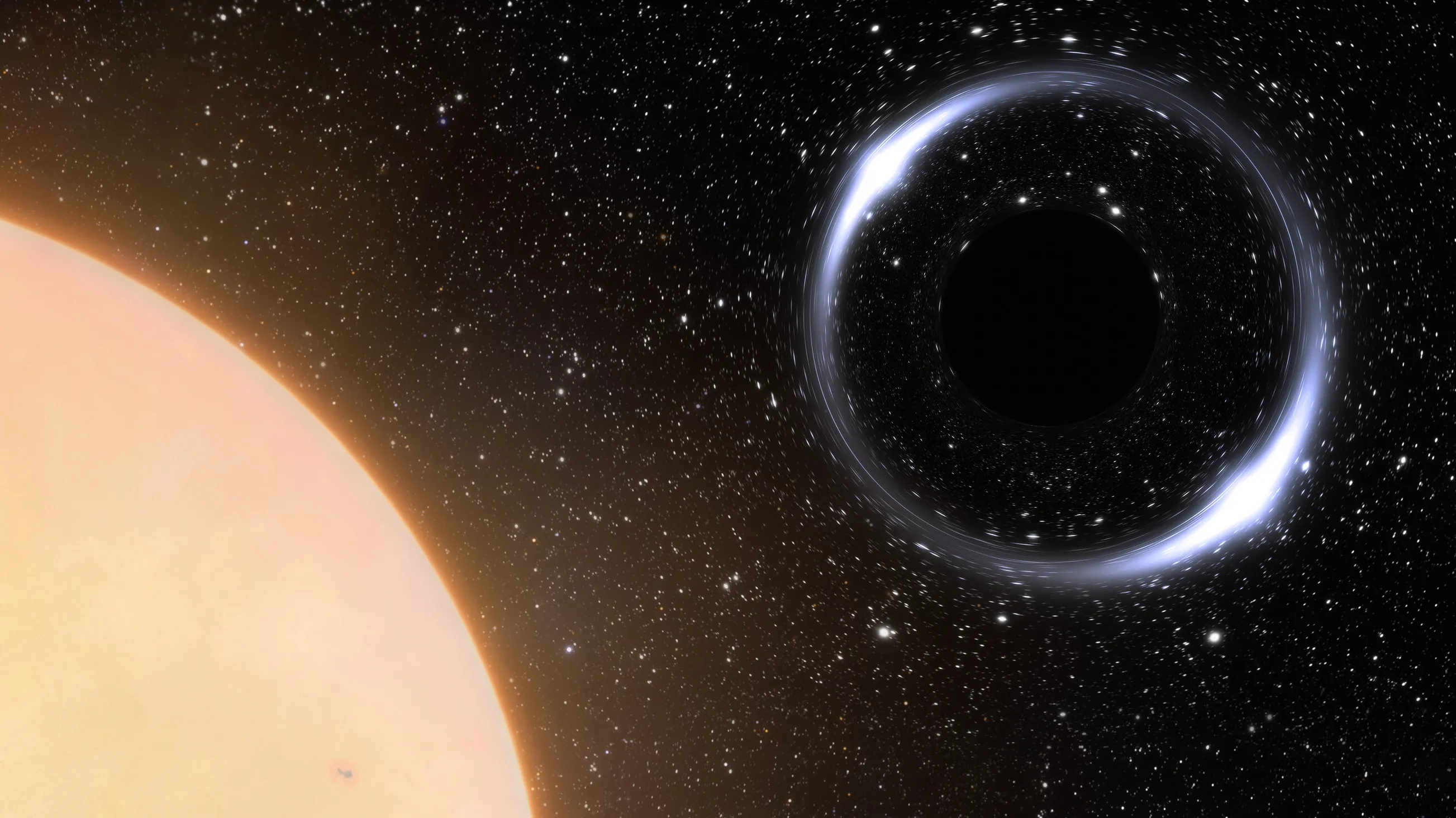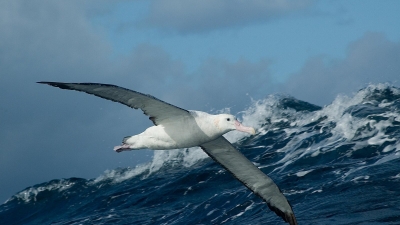
Recently, a tiger was shot dead in Bihars Champaran region, after it is said to have claimed the lives of at least nine people. Such instances of negative human-wildlife interactions are neither rare not new. In fact, they are increasing, and at an alarming rate. But, what triggers it? Is there a way to effectively manage this global concern? Let’s find out.
While several reasons can be attributed to such interactions, at the heart of the problem lies human population growth. Our planet has only a finite space to be occupied or used by a growing number of humans. So, forests are constantly cleared to either house us, grow our food, or build factories to meet our lifestyle demands. Which leaves wildlife with lesser and lesser space to live. In addition, we also come up with development projects – such as building bridges or laying railway lines- that cut through natural wildlife habitats. Whatever little space they have is further fragmented, causing animals to come into close contact with humans, an extremely uncomfortable situation for both sides. Apart from this, climate change-related consequences such as floods, draught, wildfires, etc. too displace wildlife, pushing them into human habitations in search of food, water, and shelter. Curious and careless tourists venturing too close for wildlife comfort or feeding them bring about negative interactions when there exists none.
How do they affect wildlife?
The worst outcome of negative interactions is the death of the animal. The death can happen unintentionally (knocked down by vehicles) or the animal can be killed as a matter of precaution as in the case of the Bihar tiger killing or as an act of revenge by angry humans. When forest areas shrink, it gives poachers and hunters that much more access to wildlife, increasing the number of animal lives lost. If animals are injured severely, they may perish without treatment. If such animals are parents to young ones, the offspring could die too-one injury eroding an entire generation of wildlife. All these could mean the eventual loss of the species as a whole. When key species disappear, they have the potential to trigger an entire ecosystem collapse.
How do they affect humans?
As with wildlife, negative interactions could be fatal for humans too. Even in cases where it is not fatal, it can be negatively life-changing. Injuries can lead to temporary or permanent disability. In some cases, this can mean the loss of livelihood or job. In addition, the survivors might grapple with monetary deficit to foot medical bills for their treatment. Among those who both lose their jobs and tackle mounting medical bills, the pressure could spill over to the rest of the family, where young people are forced to quit their education and find a job to support the family-spelling an end to their dreams. Not in all instances are humans affected directly. Large predators could kill or injure livestock, hungry elephants could damage houses and plunder crops, etc. For a family dependent on livestock and crops for income, this could mean monetary loss, apart from a life of constant fear and the inability to leave whatever property they own. Living in a region teeming with predators could hamper the mobility of inhabitants, including children for whom it may not be safe to play outside after sunset or travel between home and school through dense forests.
How can they be handled?
One of the significant ways to avoid or tackle such interactions is to look for beneficial co-existence. Invariably, humans caught in this issue are economically weak. So, when there’s loss of human or livestock life or injury, or damage of property, fair compensation to those affected may go a long way in stopping revenge killing. Regular awareness campaigns on the vital role of wildlife in this world and the need to protect them, especially endangered ones, can result in community-led conservation initiatives. Further, crops can be raised to serve as a buffer where human habitation exists on forest fringes. Technology – such as warning systems, sirens, lights, etc. to keep off animals without harm- can be put to good use. It is equally important to create clear boundaries of protected areas and have strict laws in place to prevent infrastructure development, encroachment, poaching, and hunting. More than anything, it is crucial to understand that since the nature of each issue is different, the solutions should be too.
A WIN-WIN SOLUTION
For more than two decades, Ladakh-based Snow Leopard Conservancy India Trust, as the name suggests, has worked holistically towards protecting the species, its prey, and habitat. As part of this effort, it has been conducting research too. But one of its most significant initiatives is the community-based conservation.
Decades ago, when snow leopards in the region ventured into human habitation and helped themselves to livestock, an important source of income/sustenance for the villagers, some carnivores had lost their lives to revenge killing by angry humans. The Trust understood that it was important for the locals to be part of the big cat protection efforts because both humans and the wildlife shared the resources available in the region. So, the Trust helped convert many village homes to homestays that promised eager tourists a chance at spotting the elusive animal. Soon, the villagers realised a snow leopard alive was worth more than one that’s dead! Today, they are active participants in the conservation programmes.
The Trust also educates adults and children on the rich biodiversity of the region, its significance, and the need to protect them, making it one of the most heart-warming conservation stories.
Picture Credit : Google






